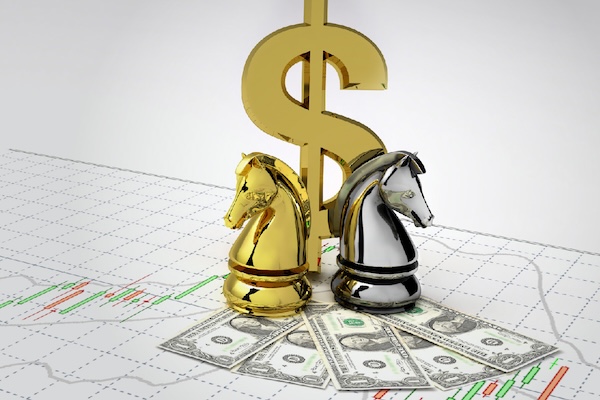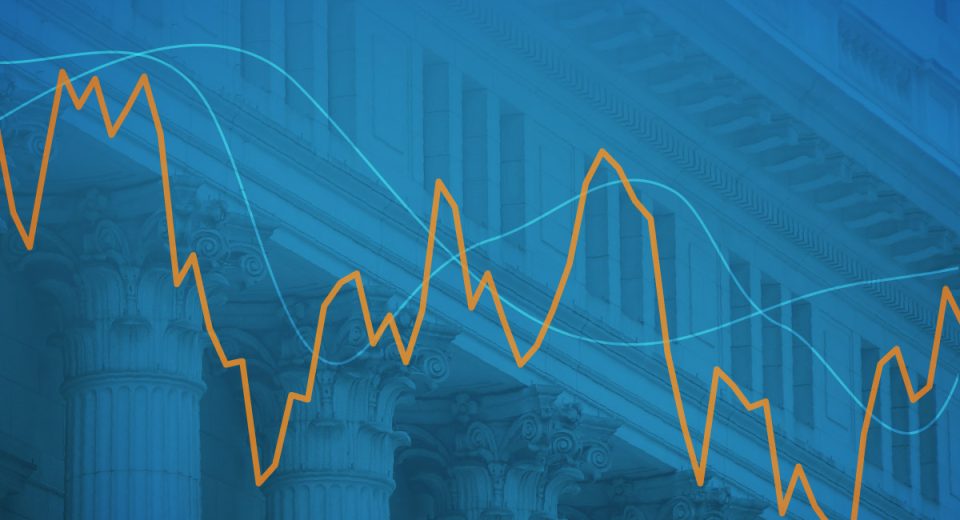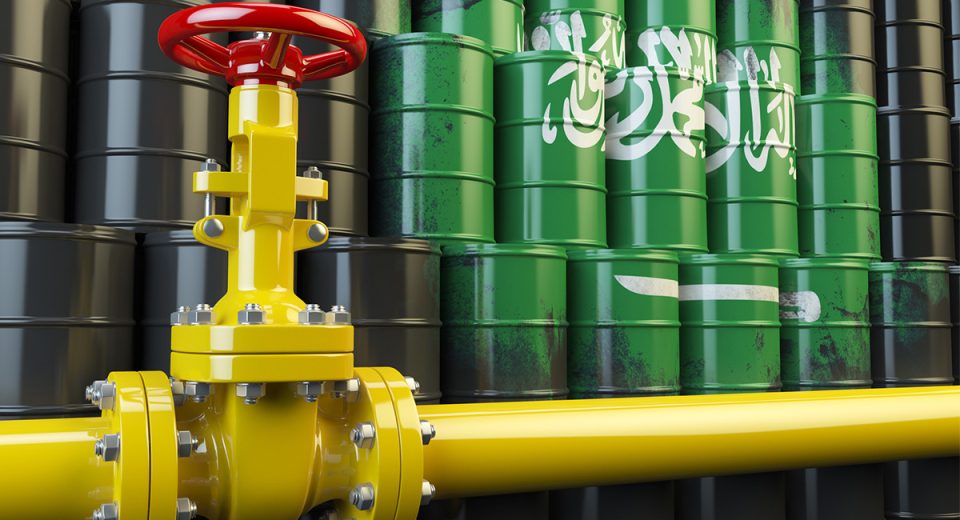OECD’s Economic Outlook: What This Means for Precious Metals

The Organization for Economic Co-operation and Development (OECD) said in a June 2025 report that trade barriers had steadily increased since the beginning of the year. Due to this, the OECD lowered its global growth forecast from 3.1% to 2.9% for both 2025 and 2026. The report went on to mention that slow growth in the global economy could impact markets worldwide, hitting job creation and income. OECD expects this to be accompanied by a sharp rise in inflation, estimated at 4.2% for 2025 and 3.2% for 2026. Such forecasts tend to trigger defensive trading strategies. During periods of uncertainty, traders often rebalance their portfolios to increase the ratio of precious metals.
How the Economic Outlook Impacts Precious Metals
Trade tensions and bearish economic growth forecasts impact investor sentiment. Here’s how this impacts trading in precious metals:
Safe Haven Demand
When you zoom out into the long-term trend, precious metal prices have maintained an uptrend. This is why they are considered as safe havens, attracting more traders during periods of heightened uncertainty. Adding more safe havens to trading portfolios is a popular defensive strategy. For instance, US President Donald Trump’s tariff threats to several major economies started an XAU/USD rally that saw gold prices jump to a record high of over $3,444 per barrel on June 15. Although gold prices came down on profit taking, XAU/USD remained above $3,200 from May through July 2025.
Remember: Gold and silver prices tend to surge during economic uncertainties as the demand for safe havens grows.
Industrial Demand
Precious metals are more than a store of value. They are useful in different industries due to qualities like corrosion resistance, high conductivity and sheen. Silver is in high demand as an industrial metal given its use in healthcare, EVs, photovoltaic cells and solar panels. Silver is also needed in mirrors and water purification systems. Sluggish economic growth reduces the industrial demand for precious metals.
Remember: A dampened industrial backdrop tends to weigh much more on silver prices than gold prices. The yellow metal is less sensitive to industrial demand.
Jewellery Demand
Slow income growth and rising prices limit consumer spending. Tight budgets force consumers to cut back on luxuries, such as precious metal jewellery, and divert their capital towards necessities.
Remember: India is the world’s largest consumer of gold jewellery, accounting for about a quarter of the total global demand. Gold prices tend to rise during the festive and wedding season in India. Gold prices also receive a boost from jewellery demand from China around the Chinese New Year.
Central Bank Demand
When an economy is under strain, central banks often increase their reserves. The demand is usually divided between the US dollar and gold. The greenback lost favour in the first half of 2025, due to speculations of the US economy facing high inflation and massive fiscal deficit due to the tariffs levied by the Trump administration. Concerns related to wars, sanctions, and geopolitical risks triggered massive gold buying by centra banks.
According to the World Gold Council, central banks bought 166.5 tonnes of gold in Q2 2025. This was down 21% from Q1, but 41% more than the quarterly average between 2010 and 2021.
Russia’s invasion of Ukraine and geopolitical tensions in the Middle East led to aggressive gold buying by central banks, especially of emerging economies.
Remember: The World Gold Council’s July 2025 survey indicates that 95% of central bank officials believe their gold reserves would continue to be increased over the next 12 months.
Trading Precious Metals Amid Decelerating Economic Growth
Any slowdown in global economic growth impacts risk sentiment among investors and traders. Assets like stocks and cryptocurrencies come under pressure when global risks rise. Here’s how day traders can refine their trading strategy in response to the OECD’s outlook of sluggish growth accompanied by high geopolitical uncertainty:
Diversification into Safe Havens
Central banks turn dovish during economic downturns. Traders hedge their riskier portfolios by taking additional long positions on gold and silver. Both metals are considered stores of value and protect portfolio value against inflation and currency devaluation.
Trading with the Gold-to-Silver Ratio
The gold-to-silver ratio indicates whether either of these popularly traded precious metals is undervalued. A value above 80 means silver is undervalued, which underlines the potential for further gains. It is considered a signal to take long positions on silver, as it has more upside potential than gold. A gold-to-silver ratio below 50 indicates that gold may be undervalued. This is when traders prefer to go long on gold.
Trading on Interest Rate Movements
When major central banks announce interest rate changes, it impacts gold and silver prices. Central banks may lower interest rates to stimulate economic growth. Such rate cuts lend support to non-yielding precious metals.
News Trading
When the economy is under stress, investors and traders monitor data releases, earnings updates and geopolitical issues more closely. These events impact risk sentiment more severely as markets are already under stress. This is when gold and silver prices tend to rally.
Trading Derivatives
Instead of buying and holding the underlying assets, traders tend to turn to trading derivatives during periods of uncertainty. Contracts for difference (CFDs) allow you to find opportunities in both rising and falling markets.
Your trading strategy needs to have the flexibility to respond to evolving global risks and macroeconomic shifts. Practicing on a demo account can help you navigate market uncertainties with greater confidence.
To Sum Up
- OECD downgraded growth forecasts for the global economy.
- The demand for precious metals and other safe-havens tend to rise when the economy stutters.
- Demand from various industries and the jewellery sector may decline as economic headwinds lower consumer demand.
- Central bank buying tends to persist, driving gold prices and reinforcing the yellow metal’s role as a hedge against a slowdown in economic growth.
Disclaimer:
All data, information and materials are published and provided “as is” solely for informational purposes only, and is not intended nor should be considered, in any way, as investment advice, recommendations, and/or suggestions for performing any actions with financial instruments. The information and opinions presented do not take into account any particular individual’s investment objectives, financial situation or needs, and hence does not constitute as an advice or a recommendation with respect to any investment product. All investors should seek advice from certified financial advisors based on their unique situation before making any investment decisions in accordance to their personal risk appetite. Blackwell Global endeavours to ensure that the information provided is complete and correct, but make no representation as to the actuality, accuracy or completeness of the information. Information, data and opinions may change without notice and Blackwell Global is not obliged to update on the changes. The opinions and views expressed are solely those of the authors and analysts and do not necessarily represent that of Blackwell Global or its management, shareholders, and affiliates. Any projections or views of the market provided may not prove to be accurate. Past performance is not necessarily an indicative of future performance. Blackwell Global assumes no liability for any loss arising directly or indirectly from use of or reliance on such information here in contained. Reproduction of this information, in whole or in part, is not permitted.




